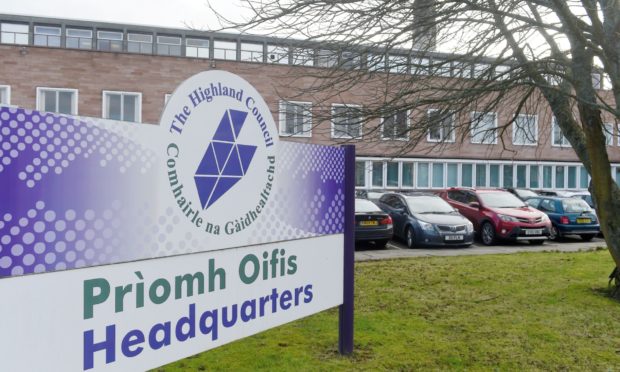Highland Council could have non-earmarked reserves of more than £44 million by the end of the financial year.
Councillors heard that the figure has risen from £26.3 million, reported in February, after three new areas of income have increased the 2020-21 underspend by £17.8m.
These include a further £3.8m for the income recompense scheme, an £11.8 million one-off Covid payment for 2020-21 and a further £2.2m for education logistics.
Formal confirmation is still awaited from the Scottish Government of the funding streams later this month.
The council has already agreed to spend £9.8m as part of the health and prosperity strategy.
While a number of councillors felt money should be invested immediately on road improvements, it was agreed that plans for a second phase of investment should be developed for consideration at the June meeting of the council, while a special meeting is planned to discuss roads.
Depute leader Councillor Alasdair Christie said: “This higher level of reserves is very good news and puts us on a stronger footing which will enable further investment, but also gives the council the essential medium term financial sustainability we need to manage future risks.”
Meanwhile, councillors have backed moves to develop a hydrogen technology vision for the region.
Members gave in-principle support for the Opportunity Cromarty Firth project and green port bid, highlighting the potential contribution to the hydrogen economy and to tackle climate change.
In August it was revealed that Opportunity Cromarty Firth, made up of private and public sector bodies including the Port of Cromarty Firth (PCF), Global Energy Group (GEG) and Highland Council, aims to drive forward a free port bid which can help towards a greener economy.
